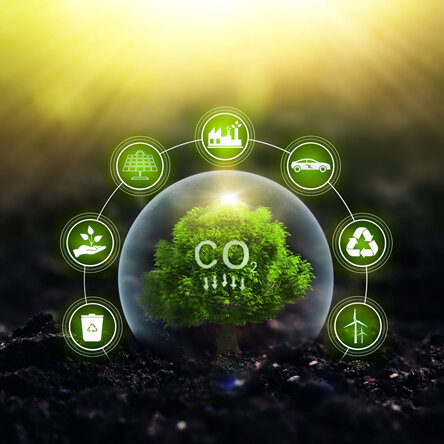Franklin Vets
Franklin Vets - excellence in veterinary care for dairy, farming, lifestyle, equine and household pets. BESTPRACTICE ACCREDITED NZ.

In my opinion, the most interesting aspect of this announcement is that there isn’t any individual on-farm targets, assessments or auditing mentioned (for now…). So, as it stands you can choose to do nothing and allow your more interested colleagues to do the environmental heavy lifting with no blowback upon yourself. However, I’m sure we can all agree that this is highly likely to change at some point soon.
Also worth noting is that Fonterra and the government (at least the previous government) are focusing on two separate but linked aspects of GHG emissions, referred to as absolute emissions and emission intensity. Your absolute emissions (government focus) refers to the total emissions produced by your farm, with over 50% of this being contributed to by enteric methane belched by your cows during rumination. This aspect will largely be calculated based on the total KgDM fed, as methane emissions are fairly predictable based on how much feed is consumed. The emission intensity (Fonterra focus) is a measure of how much food you have produced for your emission output. In dairy’s case, this will be based on kgs of Fat & Protein Corrected Milk (FPCM) per kg of Methane. FPCM is a measure to standardize milk products across all international producers and is weighed in liquid kgs, for reference 1KgMS of average NZ-produced milk is approximately 13kg of FPCM. The issue here is that to reduce your emissions intensity you may have to increase your absolute emissions. i.e. pay more emissions tax. This is particularly so if you were to maintain the same sized herd, where improvements in emissions intensity will often require you to feed cows more. So, you may have to pay more in tax to appease Fonterra’s goals, for which they currently have no plans to financially reward you.
So, why would you bother? The answer to this requires taking a wider world view of milk production demand and our nation's place in it. While it is true that NZ milk is already one of the lowest emission milks in the world, our (your) customers are demanding that every producer has a plan to reduce their carbon footprint, even ours. This is due to the growing consumer demand for more transparency and continued progress towards lower emissions. The biggest milk-consuming companies in the world (Nestle, Mars, Starbucks etc.) are all your clients, they also have their carbon targets to meet and require more from their suppliers (namely you) to meet their goals. If we choose not to work towards progress with our emissions, they will simply choose to buy their milk from someone who will. In this instance, it truly is a matter of improving just to maintain our place in the world.
That’s not to say that there won’t be direct benefits to you and your animals by utilizing the tools you will have available to reach these goals. As a collective the 30% reduction is expected to be achieved in the following areas:
You may be reading this and thinking it’s all well and good but it all sounds like it’s going to cost you money. You are correct. Change is often expensive, but in this case, not changing will cost you more in the long run. Not changing may cost you your access to money. All of the banks in NZ are also required to reduce their GHG footprint, you may have seen recent news articles related to this. The only way they can achieve this is by ensuring that the businesses they fund are actively reducing their footprints. This means that failing to act on GHG emissions may impact your access to finance.
These changes aren’t going to happen overnight, and every farm’s solutions are going to be as unique as the farm and the farmer. We can help you identify areas to target for improvements and help you formulate a plan, we would love to be your guide. Get in touch with your vet to arrange a time to discuss.
Dr Dan Fitzharris - Farm Vet, Waiuku